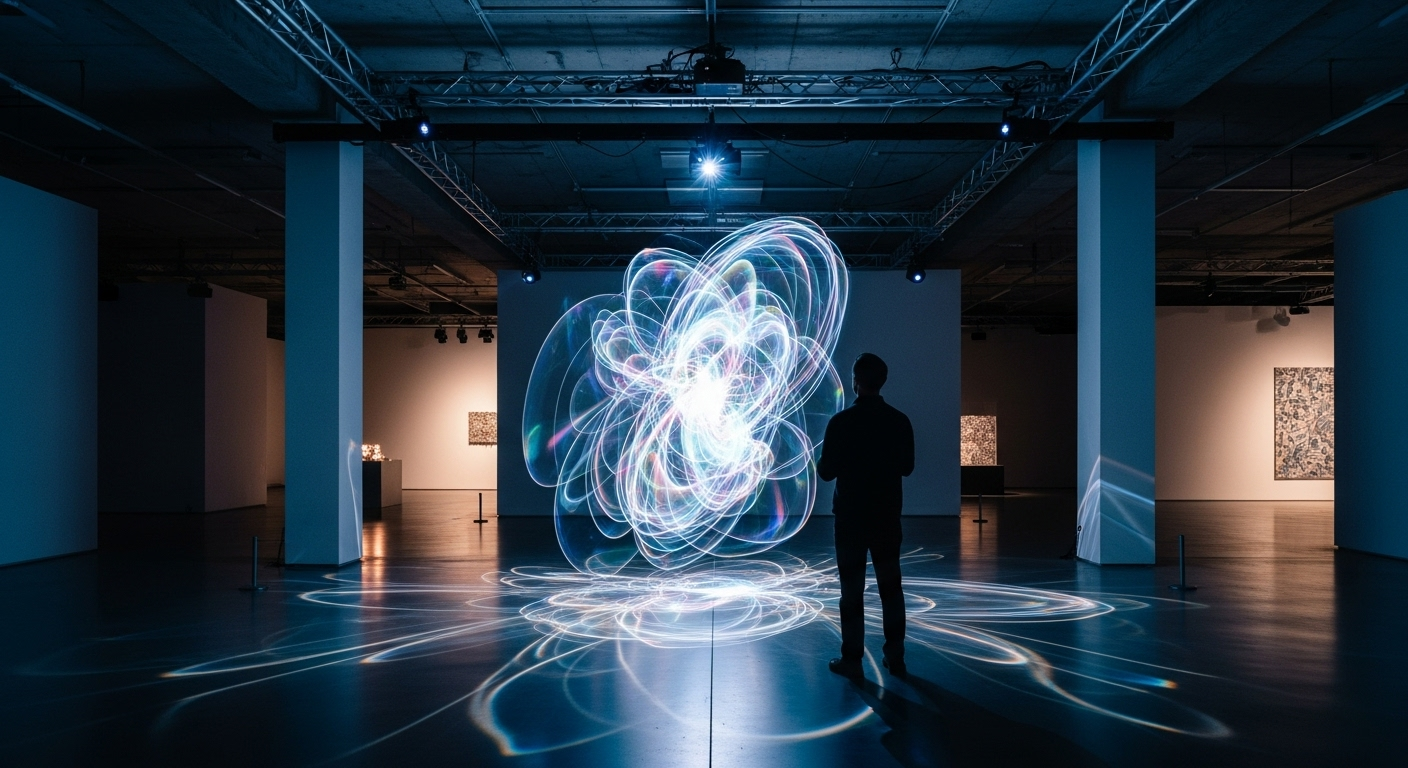Sculptural Soundscapes: The Fusion of Audio and Visual Art
In the ever-evolving landscape of contemporary art, a captivating new movement has emerged, blending the realms of sculpture and sound to create immersive, multisensory experiences. This innovative approach, known as sculptural soundscapes, challenges traditional artistic boundaries and invites viewers to engage with art on a profoundly visceral level. As galleries and museums worldwide embrace this unique fusion, we delve into the origins, techniques, and impact of this groundbreaking art form.

Technological Advancements and Artistic Innovation
The rapid advancement of audio technology in recent decades has played a crucial role in the development of sculptural soundscapes. Artists now have access to sophisticated tools that allow for precise sound manipulation and spatial audio design. From directional speakers to interactive sensors, these technologies have opened up new possibilities for creating immersive, responsive environments that blur the line between the auditory and the visual.
The Intersection of Form and Sound
At the heart of sculptural soundscapes lies the intricate relationship between physical form and sonic elements. Artists in this field meticulously craft sculptures that not only serve as visual focal points but also function as conduits for sound. These pieces may incorporate hidden speakers, resonant materials, or even interactive components that respond to viewer presence, creating a dynamic interplay between the tangible and the audible.
Notable Artists and Works
Several contemporary artists have gained recognition for their groundbreaking work in sculptural soundscapes. Janet Cardiff and George Bures Miller, for instance, are renowned for their intricate installations that combine sculptural elements with layered audio narratives. Their piece The Forty Part Motet reimagines a 16th-century choral work through a circle of forty speakers, each representing an individual singer’s voice.
Impact on the Art World and Beyond
The rise of sculptural soundscapes has had a profound impact on the art world, challenging curators and galleries to rethink traditional exhibition spaces. Museums are increasingly dedicating entire rooms or wings to these immersive installations, recognizing their power to engage visitors in new and meaningful ways. Beyond the art world, this fusion of sound and sculpture has influenced fields such as architecture, public space design, and even therapeutic practices, highlighting its potential to shape our sensory experiences in diverse contexts.
The Future of Sculptural Soundscapes
As technology continues to advance and artists push the boundaries of their craft, the future of sculptural soundscapes looks bright and full of potential. Emerging trends point towards increased interactivity, the integration of virtual and augmented reality elements, and a growing emphasis on site-specific installations that respond to and interact with their environments. This evolving art form promises to continue challenging our perceptions and redefining the possibilities of artistic expression in the years to come.





